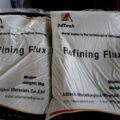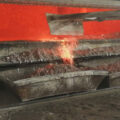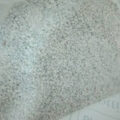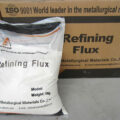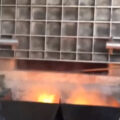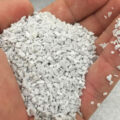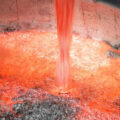In the smelting process of aluminum and aluminum alloys, hydrogen and oxidized inclusions are the main substances polluting the aluminum melt. Aluminum is easy to form Al203 or sub-alumina with oxygen. At the same time, it is also very easy to absorb gas H, its content accounts for 70% ~ 90% of the total gas in the aluminum melt, and the main defects in the cast aluminum alloy are pores and slag inclusion, which is due to the gas and oxidation remaining in the alloy caused by solid particles. Therefore, in order to obtain a high-quality melt, the aluminum foundry not only selects the correct and reasonable smelting process, but also the aluminum refining and purification of the melt is very important.
There are many refining and purification methods for aluminum and aluminum alloy melts, mainly including floating method, flux refining method, melt filtration method, vacuum method, and combined method.

Aluminum Refining and Purification Flux
Salt flux is widely used in the production of primary aluminum and recycled aluminum, in order to improve the quality of the melt and the recovery rate of metallic aluminum.
The flux has four functions:
- Change the wettability of the aluminum melt to the oxide (alumina), so that the aluminum melt is easily separated from the oxide. Thereby, most of the oxide enters the flux and reduces the oxide content in the melt.
- The flux can change the state of the oxide film on the surface of the melt. Because it can make them strong and dense oxide film on the melt surface broken into fine particles, and it is conducive to the hydrogen in the melt to penetrate through the gaps in the particles After escape.
- The existence of the flux layer can isolate the contact between the water vapor in the atmosphere and the aluminum melt, making it difficult for hydrogen to enter the aluminum melt, and at the same time can prevent the oxidative burning of the melt.
- The flux can absorb oxides in the aluminum melt, and the melt can be purified. In short, the effect of flux refining to remove inclusions is mainly achieved by adsorption, dissolution and chemical interaction with the oxide film and non-metallic inclusions in the melt.
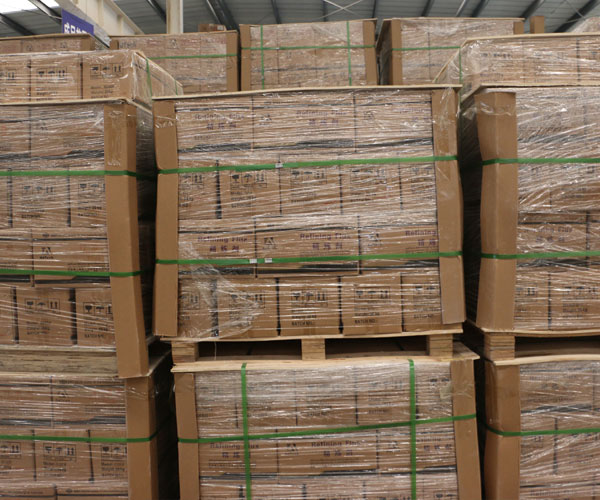
Flux Classification
There are many types of fluxes used in aluminum alloy smelting, which can be divided into two major categories of covering agent (flux to prevent oxidative burning of the melt and getter) and refining agent (flux for degassing and inclusion removal). Different aluminum alloys are used, the covering agent and refining agent are different. However, any flux used in the aluminum alloy melting process must meet the following conditions:
- The melting point should be lower than the melting temperature of the aluminum alloy.
- The specific gravity should be less than that of aluminum alloy.
- Can absorb and dissolve the inclusions in the melt, and can remove the gas from the melt.
- It should not play a chemical role with the metal and the furnace lining. If it interacts with the metal, it should only produce inert gas that is insoluble in the metal, and the flux should be insoluble in the melted metal.
- The hygroscopicity should be small and the evaporation pressure should be low.
- It should not contain or produce harmful impurities and gases.
- Must have proper viscosity and fluidity.
- It is easy to manufacture and cheap in price.

